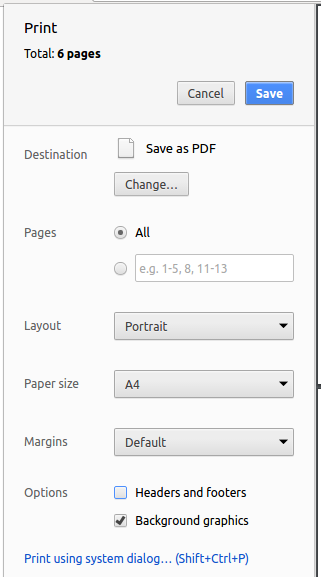The Schedule page is your main source of information for CS2103/T. You will need to refer to it weekly. For an overview of the full schedule, refer to the Full Timeline page.
More details for the upcoming weeks will be added as the weeks progress. In general, information given for more than 1 week into the future should be treated as tentative.
Browser Compatibility
Most of this will work on most mainstream Browsers, but embedded slides are best viewed using Chrome.
Information Layers
This book tries to layer information so that readers can decide to omit less important layers if they wish to.
More important information are in bold or highlighted while less important information are dimmed or in collapsed panels such as the below.
Less important info
Less important info
Less important info
Tabs indicate alternative formats of the same content (e.g. video vs text). You can choose the one you like and ignore the other tabs.
Some textual description of X
Video describing X
Dotted underlines indicate
This website uses a star rating system to indicate the priority level of contents.
Relevant: [
Star Rating System
We use a star rating system indicate the importance of module components. Start with things that are rated one-star and progress to things with more stars. Things rated four stars are optional.
Star ratings for topics (and textbook sections):
-
One-star topics are essential to keep up with the module. We recommend you to learn these topics if you want to pass the module (i.e. up to a C grade).
-
Two-stars topics can get you up to a B+.
-
Three-stars topics can get you up to an A.
-
Four-stars topics can push you beyond the limits of the module, and help you get into a level above those who merely limit themselves to the topics of the module. They are not examinable.
-
Topics marked with two icons e.g., : , : , : , : are relevant topics you are expected to have learned in prerequisite modules. They are given for reference, but are examinable. The number of stars indicates the progression of topics, similar to the star rating system above i.e., one-star prerequisite topics are the most basic and the most important. four-star pre-requisite topics can be ignored without affecting CAP.
Star ratings for other things e.g., admin info sections:
- The module uses a similar star rating system to indicate the importance of other info in this website. i.e., information rated as one-star are the most essential. Info rated four stars are non-essential and can be ignored without affecting your ability to follow the module.
Conventions Used
Shorthand Headings
Meaning of some shortened headings:
-
What : the meaning of the concept in concern
-
Why : the motivation behind the concept in concern
-
How : the usage of the concept in concern
-
When : the pros and cons of the concept in concern, when to use the concept
Boxed-Text Styles
Meaning of Icons
extra
: tangential info, can be ignored if not interested
: direct link to the LO. Ctrl+Click to open the LO in new window/tab.
: learning outcomes
: prerequisite learning outcome
: examples
: resources
: exercises
: printable version
: preview/more info
: video
: textual description
: slides
: output produced by running code
question without answer
question with answer
: tasks to do
: lecture
: tutorial
: evidence you can use to prove you have achieved a learning outcome
⏰ : deadline
Searching for keywords
Use the search box in the top navigation bar to search for keywords in the website pages. If you cannot find the content related to a keyword, let us know by posting in the forum so that we can add the missing keyword to our search index.
Saving as PDF Files
-
Use Chrome to load the page you want to save as pdf.
-
Click on the
Printoption in Chrome’s menu. -
Set the destination to
Save as PDF, then clickSaveto save a copy of the file in PDF format. For best results, use the settings indicated in the screenshot below.

Printing Textbook Content
Printer-friendly version (indicated by icon) have been provided for each chapter and the whole book. You can use them for saving as pdf files or printing.
Making this Website Better
This website was generated using the MarkBind software developed at NUS. We welcome bug reports, suggestions, and contributions, to be submitted at the website issue tracker.